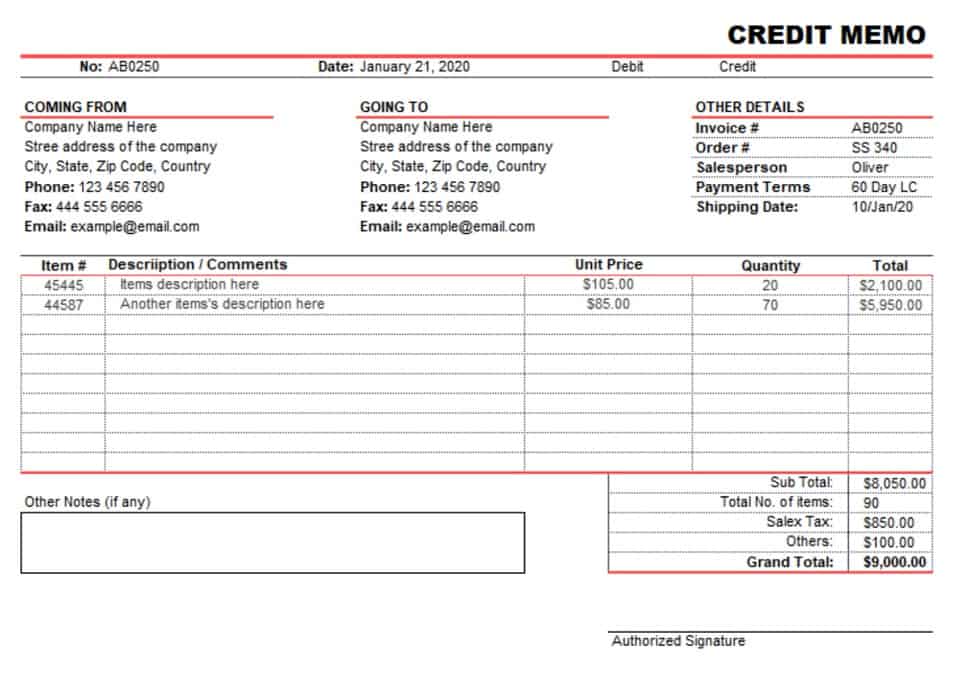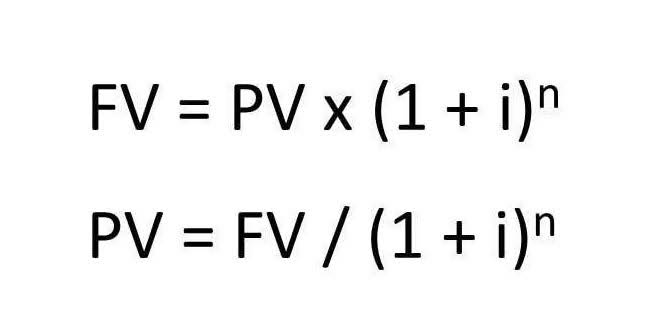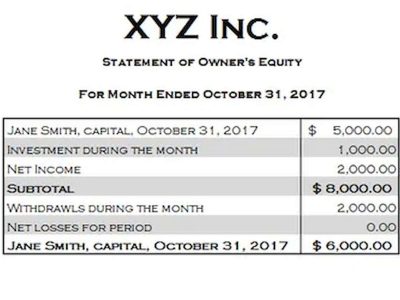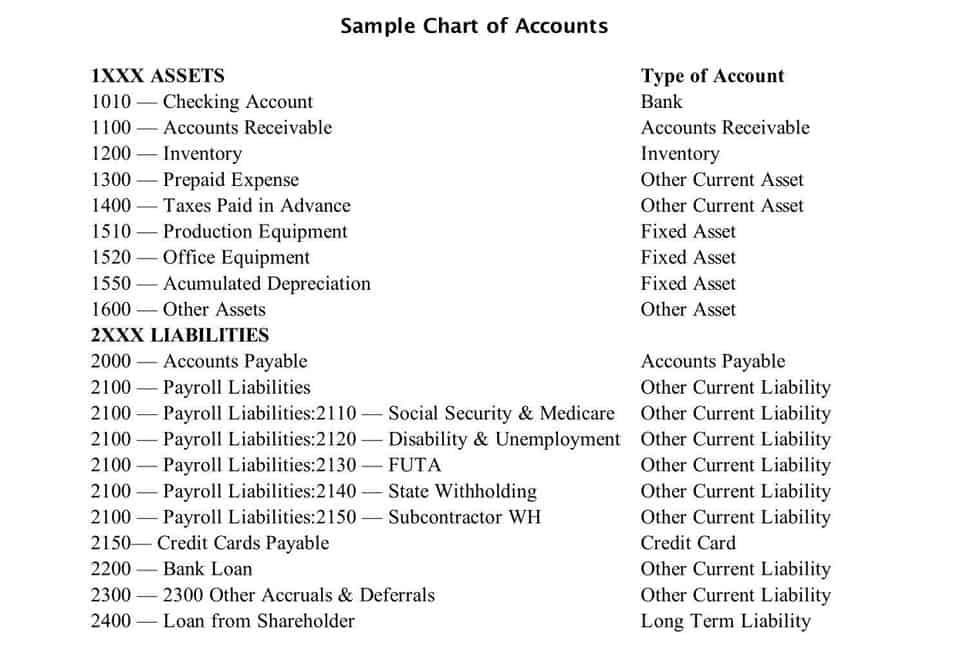
LiveCube Task Automation is designed to automate repetitive tasks, improve efficiency, and facilitate real-time collaboration across teams. By leveraging advanced workflow management, the no-code platform, LiveCube ensures that all closing tasks are completed on time and accurately, reducing the manual effort and the risk of errors. Organizations can achieve a 40% increase in close productivity, resulting in a more streamlined financial close process and allowing your team to focus on more strategic activities.

Close and

The Income Summary account plays a specific role during the closing process at the end of an accounting period. This process prepares the accounting records for the next period by zeroing out temporary accounts. Revenue accounts, which typically hold credit balances, are closed by debiting them and crediting the Income Summary account. Similarly, expense accounts, which carry debit balances, are closed by crediting them and debiting the Income Summary account. These actions consolidate all revenues and expenses into a single Income Summary account. The income summary account is a temporary account, meaning its balance is reset to zero at the end of each accounting period, typically a fiscal quarter or year.
Characteristics of Permanent Accounts:
The Income Summary account will then reflect the combined total of all revenues as credits and all expenses as debits. The difference between these totals within the Income Summary account represents the net income or net loss for the period before final transfer. A closing entry transfers data from temporary to permanent accounts on an income statement to a balance sheet when the accounting period ends. Income summary account is a temporary account used in the closing stage of the accounting cycle to compile all income and expense balances and determine net income or net loss for the period. The net balance of the income summary account is closed to the retained earnings account. The income summary account process ensures the generation of accurate financial statements and ensures that the revenues and expenses for the accounting period are accurately closed for that period.
- Unlike permanent accounts, which carry balances forward, the income summary account is opened and closed within the same accounting period, always returning to a zero balance.
- It’s where the results of a company’s operations—revenues and expenses—are consolidated to show the net income or loss for a given period.
- In the grand tapestry of accounting, the Income Summary Account stands out as a pivotal element, albeit a temporary one.
- An income summary account is a temporary account within a business’s accounting system, used at the end of an accounting period.
- At the end of the year, businesses gather all revenue and expenses and place them into an income summary account.
- By mastering these basics, one can appreciate the dynamic yet structured nature of accounting.
Step 1: Close revenue accounts
The income summary account serves as a temporary holding account accounting in the accounting cycle. It is used to consolidate the balances of all revenue and expense accounts at the close of an accounting period. Its purpose is to facilitate the transfer of net income or loss into a permanent equity account, such as Retained Earnings, and to prepare temporary accounts for the next accounting period. Its balance fluctuates between a debit and a credit throughout the closing process.

- If the total credits (from revenues) exceed the total debits (from expenses), the Income Summary account will have a credit balance, indicating net income.
- They include revenue, expense, and withdrawal accounts, which are eventually zeroed out and their balances transferred to permanent accounts at the end of the period.
- Now that all the temporary accounts are closed, the income summary account should have a balance equal to the net income shown on Paul’s income statement.
- If there is a net loss (debit balance), the Retained Earnings account (or Owner’s Capital) is debited, and the income summary account is credited to zero out its balance.
- This account simplifies the transfer of financial performance results into a company’s long-term equity.
This action similarly zeroes out the expense accounts, ensuring they begin the new period with no carried-over balances. As a nominal or temporary account, its balance resets to zero at the start of each new accounting period. Unlike permanent accounts (assets, liabilities, and equity) that carry balances forward, the income summary summarizes activities for a specific fiscal period.
- Remember that all revenue, sales, income, and gain accounts are closed in this entry.
- For a business owner, it represents the culmination of a period’s financial activities and the beginning of a new phase of opportunity and growth.
- Its analysis offers valuable insights from various perspectives, influencing decision-making processes across different levels of the organization.
- Its purpose is to facilitate the transfer of net income or loss into a permanent equity account, such as Retained Earnings, and to prepare temporary accounts for the next accounting period.
Our solution has the ability to prepare and post journal entries, which will be automatically posted into the ERP, automating 70% of your account reconciliation process. This net balance of income summary represents the net income if it is on the credit side. On the other hand, if it is on the debit, it presents the net loss of the company.
Temporary Accounts in Accounting

Understand the Income Summary account’s role in financial reporting and if it possesses a consistent normal balance like other accounts. The following points https://cumbespirits.com/percentage-of-sales-method-the-percentage-of-sales/ are important to highlight related to the above income summary account for Bob and his company, Bob’s Donut Shoppe, Inc. In the next tutorial, we’ll look at the income summary account in more detail.
The first step is closing individual revenue accounts; since they typically have credit balances, they are debited to zero them out. income summary accounting The corresponding credit entry is made to the income summary account, transferring all revenue amounts. Next, expense accounts, which normally carry debit balances, are closed.
Using Income Summary in Closing Entries
The first step in calculating an income summary is to prepare a trial balance. A trial balance is a financial report with two columns that lists all accounts and their balances at the end of an accounting period. The purpose of a trial balance is to ensure that debits equal credits, and the accounts are prepared correctly for further processing. Since dividend and withdrawal accounts are not income statement accounts, they do not typically use the income summary account. These accounts are closed directly to retained earnings by recording a credit to the dividend account and a debit to retained earnings.











